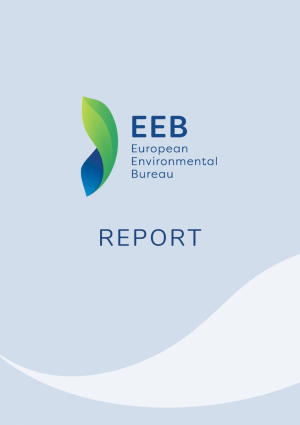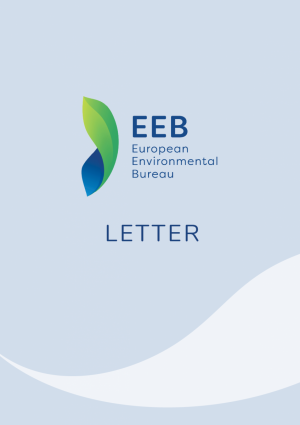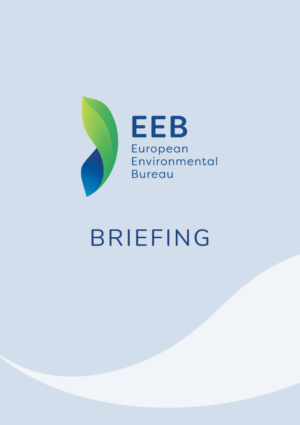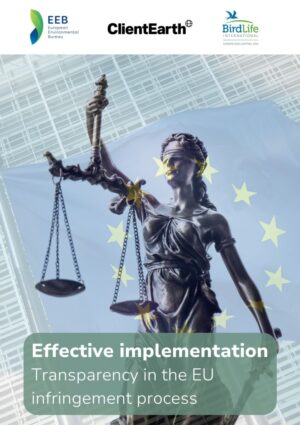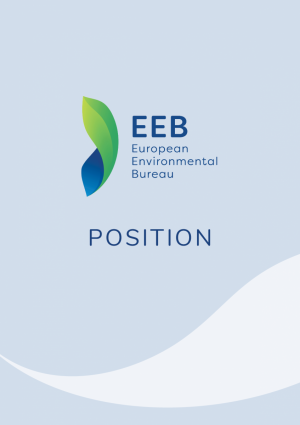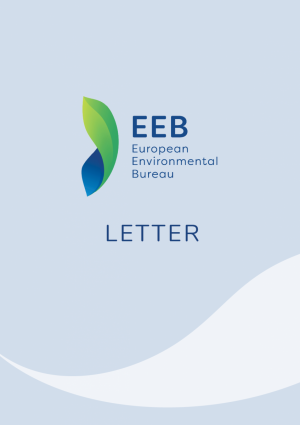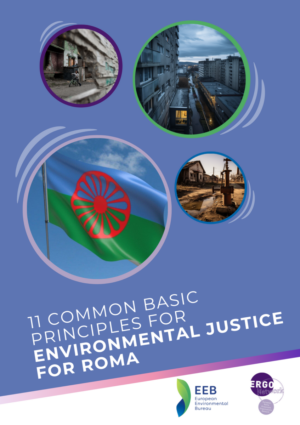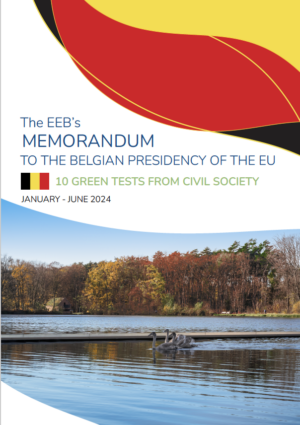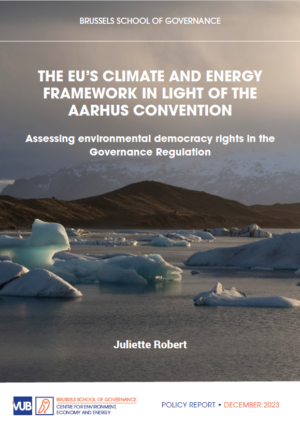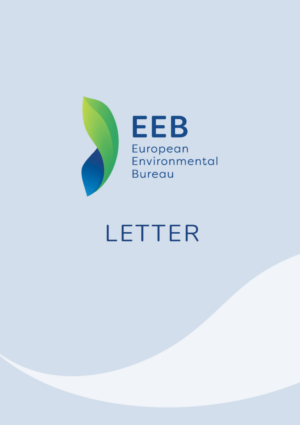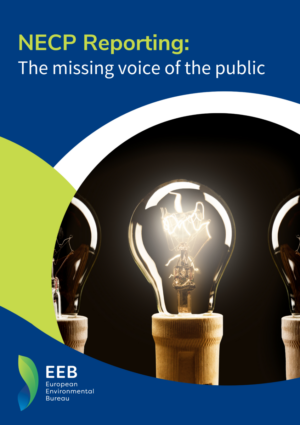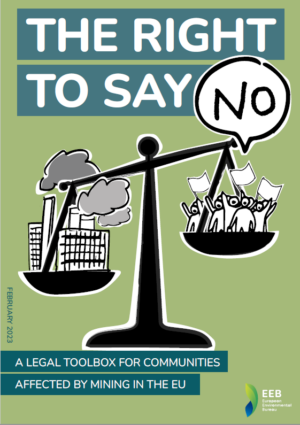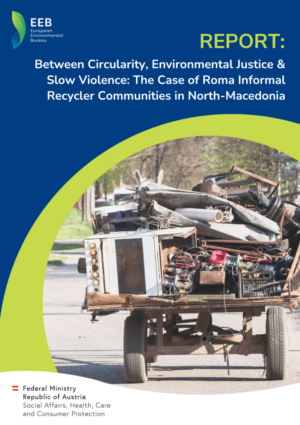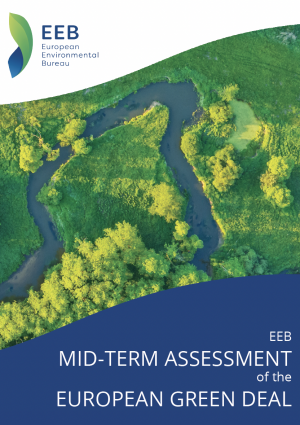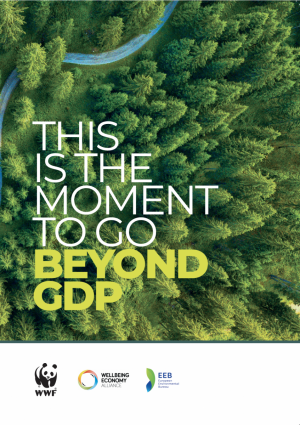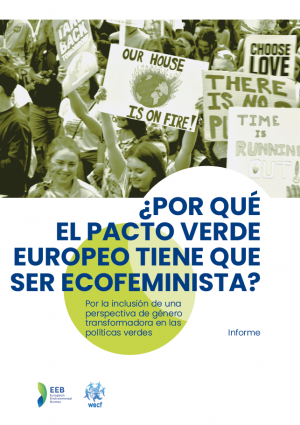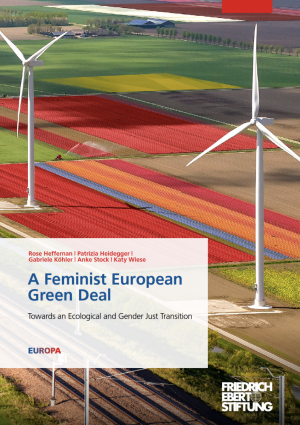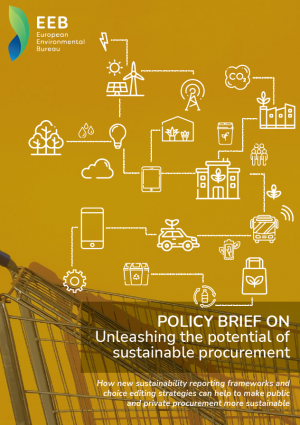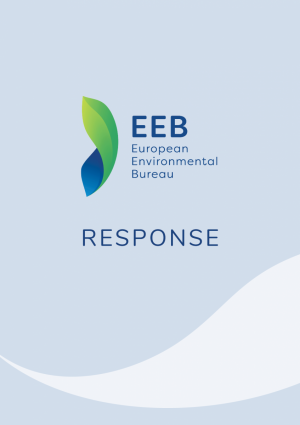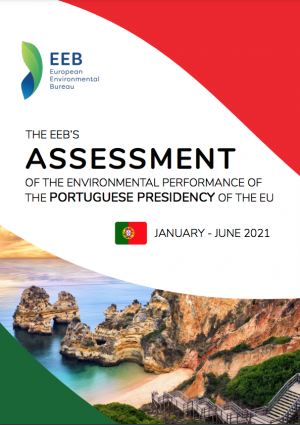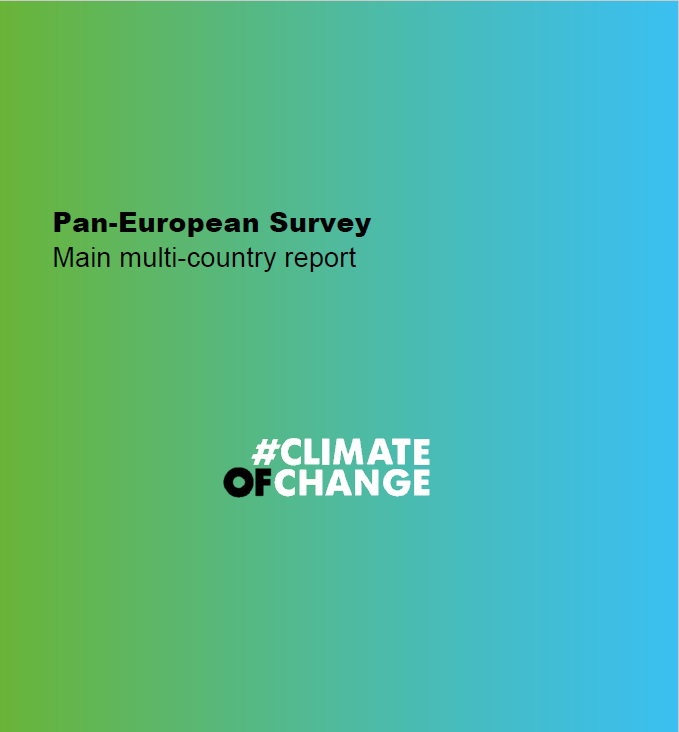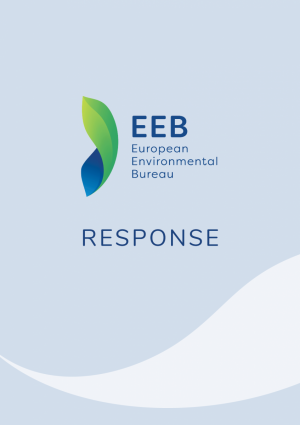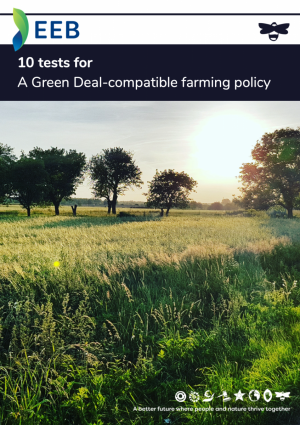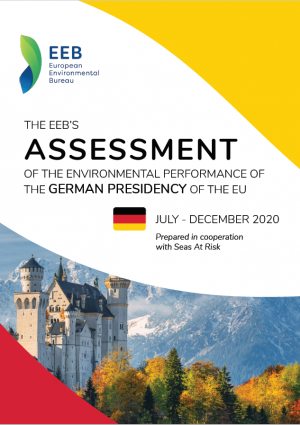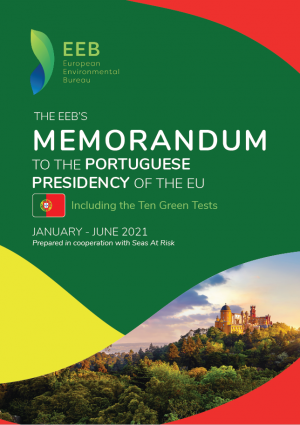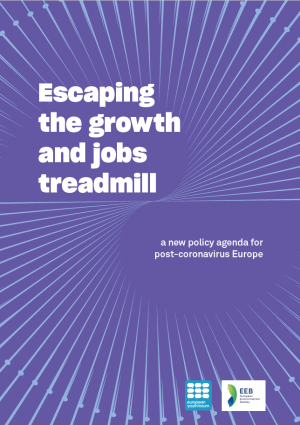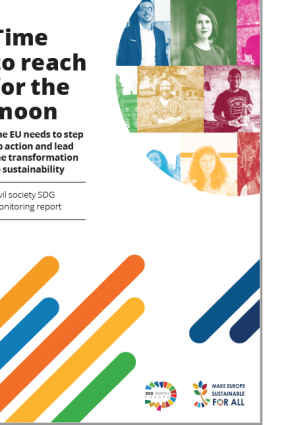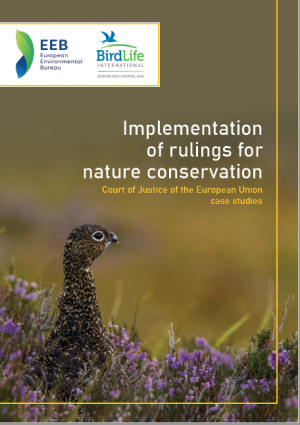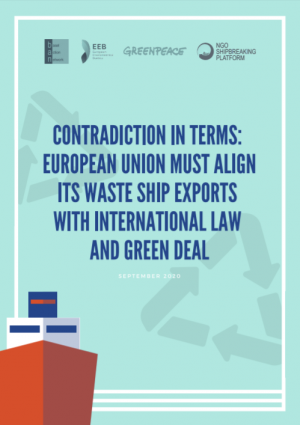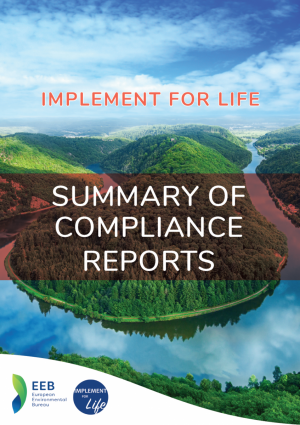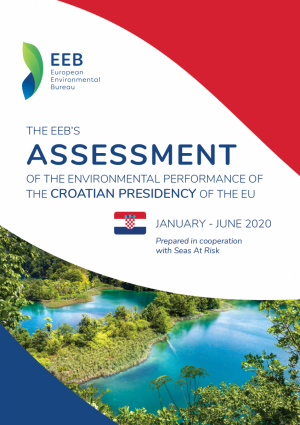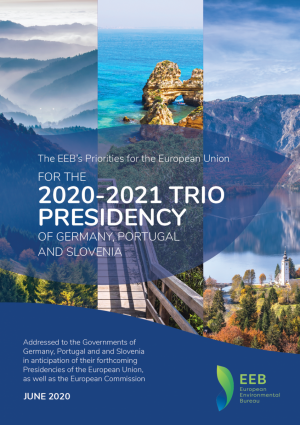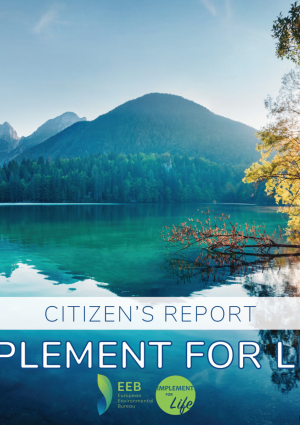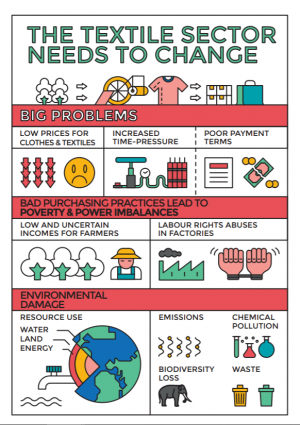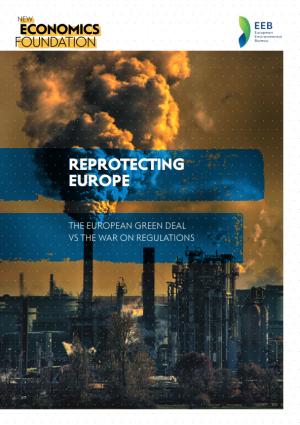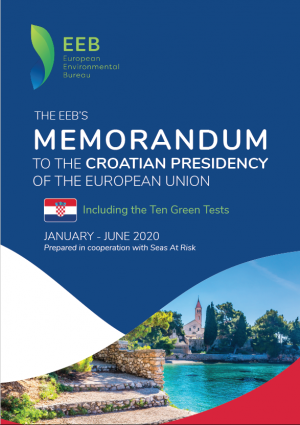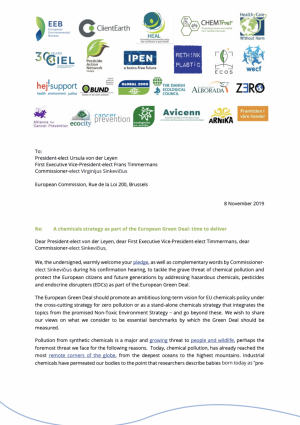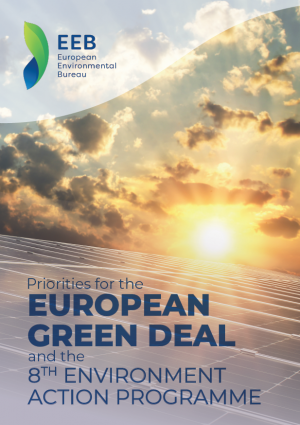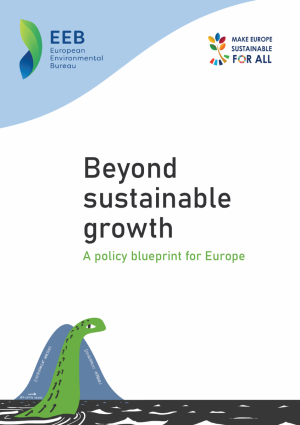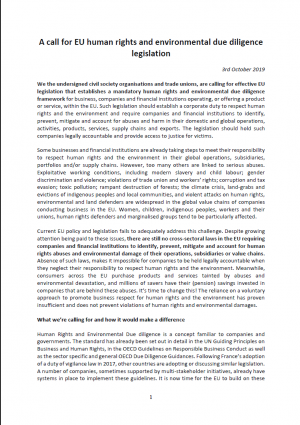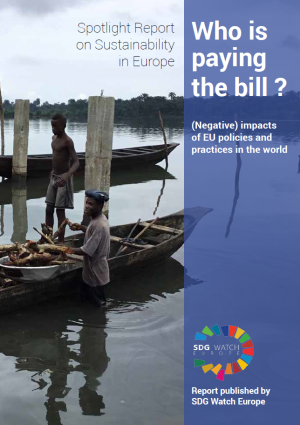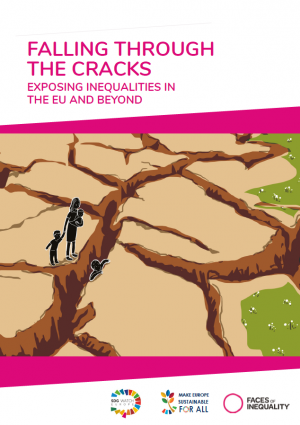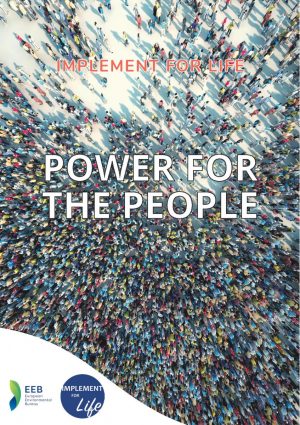European Green Deal and political priorities
Being able to effectively tackle environmental issues such as climate change, biodiversity loss, air and water pollution, or waste prevention does not only depend on the specific laws and policies adopted in those areas, it also depends upon how these issues are addressed within broader political initiatives such as the European Green Deal, as well as through horizontal principles, rules and procedures.
In 2019, the European Green Deal (EGD) was launched as a “man on the moon” moment by Commission President Ursula von der Leyen. The EGD promised to deliver a set of deeply transformative policies that would “reconcile the economy with our planet, to reconcile the way we produce, the way we consume, with our planet and to make it work for our people”. When the Covid-19 crisis hit, it risked derailing the EGD, but instead the EGD became a guiding principle for the economic recovery efforts – even if the practice often does not live up to the principle. Since the invasion of Ukraine, some powerful interest groups have been instrumentalising the war to weaken and postpone the EGD, with attacks on the Farm to Fork Strategy, delays in bringing out crucial new legislation, and a weakening of environmental safeguards. Yet, the war shows us we need an ambitious EGD more than ever, in order to become less dependent on fossil fuels, materials, price hikes, and foreign regimes. The EGD, to date, includes a range of commitments that support a transformative agenda, some progressive, other weaker and some missed opportunities. However, some bad and even harmful developments continue to contradict the core principles of the EGD and show that it is not yet fully integrated in all policy areas. The EEB is advocating for an ambitious roll out of the EGD and has presented a mid-term assessment as well as various other cross-cutting analyses such as Why the EGD needs ecofeminism.
Alongside the EGD, the EEB welcomes the 8th Environmental Action Plan (8EAP), a key co-decision instrument and long-term tool for environmental and climate policy planning until 2030, with a 2050 vision to “live well, within the planetary boundaries.” The 8EAP will be the key monitoring tool and will help achieve the goals of the EGD, United Nation’s 2030 Agenda and its SDGs. Given the high-level commitment to sustainability in the EGD, the 8EAP is of a different nature than preceding EAPs. While focusing on monitoring and implementation, it remains a very important tool for European environmental policy. The EEB has played a leading role in pushing for a strong 8EAP through clear feedback to the EC, and we will continue to push for its full implementation over the coming years.
While a lot of progress has been made through these instruments, much remains to be done. With its extensive membership and broad policy expertise, the EEB is well placed to engage in such horizontal issues.
Number of times the word ‘environment’ appears in Juncker’s Political Guidelines. Three of these references are to the ‘investment environment’, the ‘regulatory environment’ and the ‘business environment’ respectively.
Proportion of EU citizens who think the EU should be able to check that environmental laws are being applied correctly.

